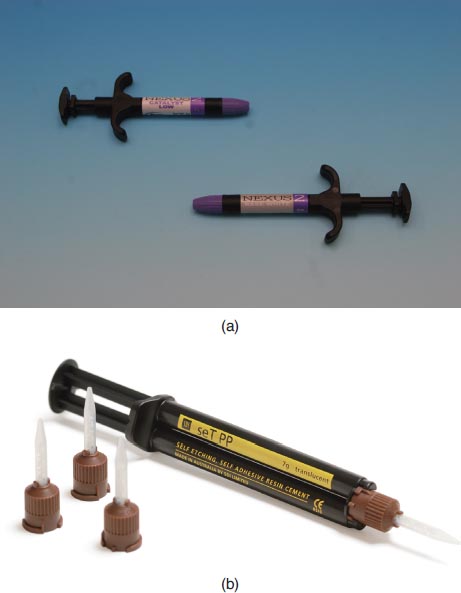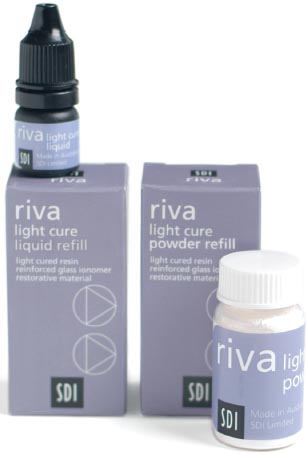Chapter 1
Introduction
THE DENTAL TEAM
Dental materials are used daily in the dental surgery. It is imperative that the dental team is knowledgeable in relation to a variety of dental materials and their distinguishing characteristics. Biocompatibility, durability, aesthetics and cost must all be taken into account when choosing a dental material. New dental materials are introduced to the market continually, and it is the responsibility of the dental team to keep their knowledge base up to date through Continual Professional Development (CPD) opportunities.
Loss of, or damage to tooth structure requires the use of a variety of dental materials to repair and/or replace the missing structure. Missing tooth structure may be as a result of trauma, caries (decay) or various other causes. Dental materials are often categorised by their usage, as they will be in this text.
THE DENTAL NURSE
The role of the dental nurse in relation to dental materials is important. The dental nurse must be knowledgeable in the areas of instrument set-up, armamentarium (complete set-up for treatment), mixing, manipulation, proper disposal of used instruments and materials, material constituents, material storage, stock maintenance and health and safety in relation to the materials.
In areas of the world where dental nurses or dental assistants have intraoral responsibilities including the placement of dental materials, their knowledge must be expanded to include the comprehensive understanding of material placement, which is not included in this text.
DENTAL MATERIALS – DISPENSING, MANIPULATION AND APPLICATION
Dispensing
Dental materials are dispensed in various forms as shown below:
Figure 1.1 Two-paste system.

Figure 1.2 Powder and liquid form.

Figure 1.3 Capsule form.

Figure 1.4 Compule form.

Figure 1.5 Syringe form.

Both two-paste systems and powder and liquid forms are manually manipulated, whilst the capsule form is preloaded with the exact ratios of materials and is mechanically manipulated. The compule and syringe forms are preloaded and ready to be dispensed with no mixing required (trituration may be required).
Mixing
Manual manipulation requires using a mixing spatula and some type of mixing surface.
Various mixing spatulas, which will be referred to within this text, are depicted in Figure 1.6.
Figure 1.6 Mixing spatulas.

Mixing surfaces
Figure 1.7 depicts various mixing surfaces, which will be referred to within this text.
Figure 1.7 Mixing surfaces.
Stay updated, free dental videos. Join our Telegram channel

VIDEdental - Online dental courses


